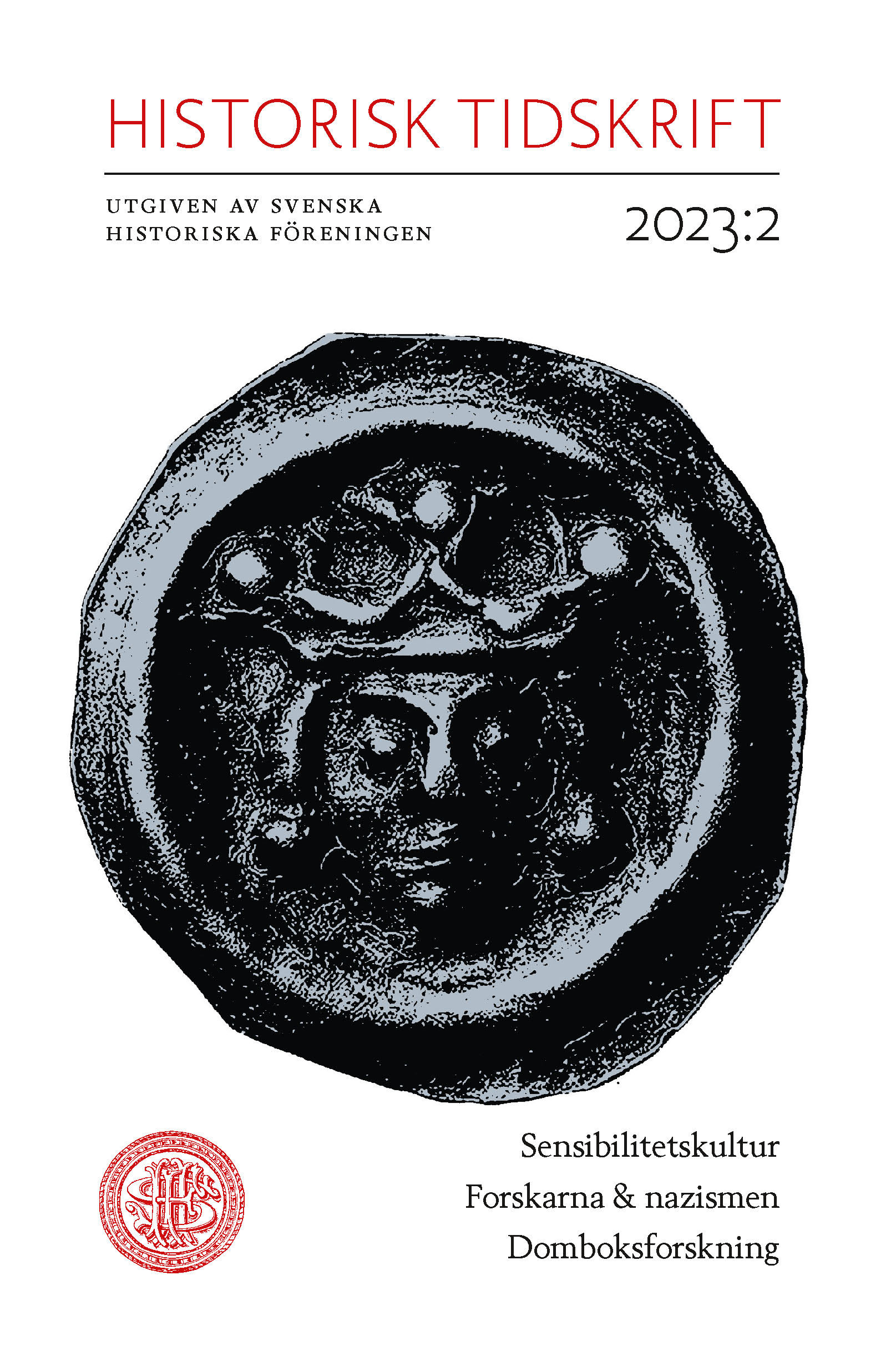Abstract
Tears of the peasantry: Crying peasants in the life description of Pehr Stenberg, 1760–1800
The latter half of the eighteenth century saw the advent of a culture of sensibility which idealised the ability to be moved and express tender feelings by shedding tears. This development was intimately related to status, as a high degree of sensibility was regarded as an exclusive quality reserved for the upper classes. Far less is known of how crying was valued and expressed among the lower ranks of society. Using Barbara Rosenwein’s concept of emotional communities, this essay examines how crying among peasants was portrayed in the expansive life description of a Swedish clergyman, Pehr Stenberg. Stenberg was born into the peasantry but studied to become a clergyman and spent considerable time in aristocratic and bourgeois social circles. His description is an unusual source for the daily life of the peasantry, all while being influenced by the new perspectives afforded by his social elevation. This entailed him defining the peasantry as less prone to experiencing tender emotions and criticising them for their callousness about the deaths of their next of kin.
Stenberg gives great prominence in his account to tears shed while practising religion. These tears manifest the ability to be moved by the word of God – an important feature of his religious upbringing. Other than religious settings, he primarily relates tears shed by peasants to familial emotional bonds. Though the official Swedish medical discourse represented peasant mothers as indifferent towards their children, Stenberg gives examples of women who were deeply affected and wept about their children’s wellbeing. While Stenberg portrays women as more prone to crying than men, he also has examples of men crying in situations that serve to manifest emotional familial bonds. Although Stenberg criticises the peasantry for the indifference shown departed next of kin, he gives ample examples of deeply grieving peasants. Attitudes toward crying among peasants do not seem to have diverged greatly from those of the higher social orders. However, the secular dimensions of the culture of sensibility – for instance, the practice of crying over abstract moral principles or when reading novels – are unsurprisingly missing from descriptions of the peasantry. Further, there is nothing to indicate that crying was related to status among the peasantry.

